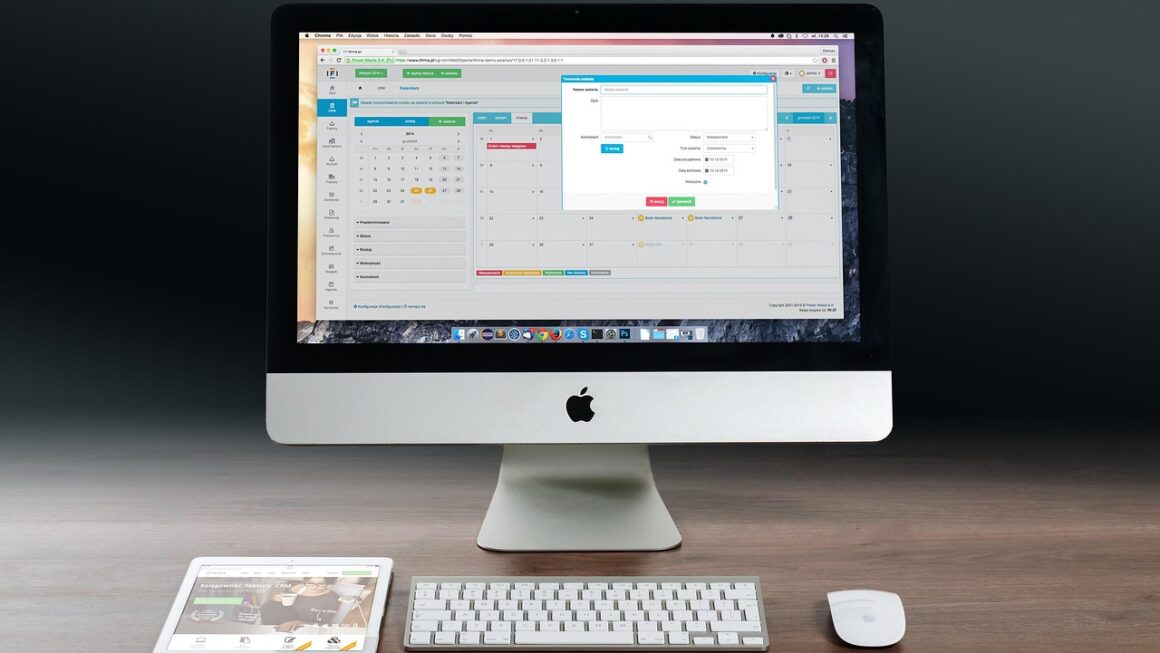Onboarding a new employee is crucial for setting them up for success, but navigating the process remotely presents unique challenges. A well-structured remote onboarding program can bridge geographical gaps, foster a sense of belonging, and ensure new hires are productive from day one. This guide provides a comprehensive overview of how to design and implement a winning remote onboarding strategy.
Why Remote Onboarding Matters
The ROI of a Strong Onboarding Program
Investing in a robust remote onboarding process yields significant returns. Consider these statistics:
- Increased Retention: According to a report by SHRM, organizations with a standard onboarding process experience 50% higher new-hire retention.
- Improved Productivity: Companies with strong onboarding see new hires become fully productive 34% faster (Aberdeen Group).
- Enhanced Engagement: Effective onboarding can boost employee engagement, which is linked to improved performance and innovation.
Remote onboarding addresses unique challenges related to these areas in distributed teams. It helps foster connection and reduces feelings of isolation.
Adapting to the Remote Work Landscape
Remote work is no longer a temporary trend. With a growing number of companies embracing remote or hybrid models, a well-defined remote onboarding strategy is essential for attracting and retaining top talent.
- Competitive Advantage: Offering a seamless remote onboarding experience can set you apart from competitors vying for the same talent pool.
- Global Reach: Remote onboarding enables you to hire talent from anywhere in the world, expanding your potential workforce.
- Scalability: A well-structured remote onboarding program can be easily scaled as your company grows.
Designing Your Remote Onboarding Program
Pre-Boarding: Setting the Stage for Success
Pre-boarding refers to the period between a candidate accepting the job offer and their first day. This is a critical time to begin engaging the new hire and setting the stage for a smooth transition.
- Welcome Package: Send a physical or digital welcome package containing company swag, a welcome letter from the CEO or team leader, and essential information.
- Paperwork & Logistics: Streamline the completion of necessary paperwork by using digital onboarding platforms. This includes tax forms, benefits enrollment, and company policy acknowledgements.
- Tech Setup: Ensure the new hire receives their laptop, phone, and other necessary equipment well in advance of their start date. Include clear instructions on how to set everything up.
- Introduction to the Team: Facilitate virtual introductions to their team members before their first day. This could be a short video call or a welcome email with team member bios.
- Example: Imagine a new software engineer joining your team. Before their first day, they receive a welcome kit with a company-branded mug, a high-quality headset, and a detailed guide on setting up their development environment. They also get a calendar invite for a virtual coffee chat with their team lead.
Day One & Week One: Creating a Positive First Impression
The first day and week are crucial for making a positive impression and setting the tone for the new hire’s experience.
- Structured Schedule: Provide a detailed schedule for the first day and week, including meetings, training sessions, and onboarding activities.
- Welcome Call with Manager: The manager should schedule a dedicated welcome call to review the new hire’s goals, expectations, and initial tasks.
- Company Culture Immersion: Introduce the new hire to the company culture through virtual events, team-building activities, and online resources.
- Buddy System: Assign a buddy who can answer questions, provide support, and help the new hire navigate the company.
- Example: On day one, the new marketing manager joins a welcome video call with the entire marketing team. They then have a one-on-one meeting with their manager to discuss their initial priorities and goals. A senior marketer is assigned as their buddy to help them learn the ropes.
Ongoing Training & Development
Onboarding is not a one-time event but an ongoing process of learning and development.
- Structured Training Program: Develop a structured training program that covers essential skills, tools, and processes.
- Regular Check-ins: Schedule regular check-ins with the new hire to provide feedback, address concerns, and track progress.
- Mentorship Program: Consider implementing a mentorship program to provide ongoing support and guidance.
- Access to Resources: Ensure the new hire has access to all the resources they need to succeed, including online training materials, documentation, and support channels.
- Example: The new sales representative participates in a series of virtual training sessions covering product knowledge, sales techniques, and CRM usage. They also meet regularly with their sales manager to discuss their progress and receive coaching.
Tools and Technologies for Remote Onboarding
Leveraging Digital Onboarding Platforms
Digital onboarding platforms can streamline the entire onboarding process, from paperwork completion to training delivery.
- Centralized Hub: These platforms provide a centralized hub for all onboarding-related tasks and resources.
- Automated Workflows: They automate tasks such as sending welcome emails, scheduling meetings, and assigning training modules.
- Enhanced Collaboration: They facilitate collaboration and communication between the new hire, their manager, and other team members.
Popular platforms include BambooHR, Workday, and Lessonly.
Utilizing Video Conferencing & Communication Tools
Video conferencing and communication tools are essential for fostering connection and collaboration in a remote environment.
- Video Conferencing: Use tools like Zoom, Google Meet, or Microsoft Teams for virtual meetings, training sessions, and team-building activities.
- Instant Messaging: Utilize instant messaging platforms like Slack or Microsoft Teams for quick communication and collaboration.
- Project Management Tools: Implement project management tools like Asana or Trello to track progress and manage tasks.
- Example: Your company might use Zoom for onboarding webinars, Slack for daily team communication, and Asana for project management.
Creating Engaging Content for Remote Learners
Remote learning can be challenging, so it’s important to create engaging content that keeps new hires motivated and focused.
- Interactive Training Modules: Develop interactive training modules that incorporate quizzes, simulations, and other engaging elements.
- Video Content: Use video content to deliver presentations, demonstrations, and company culture updates.
- Gamification: Incorporate gamification elements like points, badges, and leaderboards to make learning more fun and engaging.
- Example: Instead of a lengthy text-based manual, create a series of short, engaging video tutorials demonstrating how to use key software applications. Add quizzes at the end of each video to test comprehension.
Measuring the Success of Your Remote Onboarding Program
Key Performance Indicators (KPIs) to Track
Measuring the success of your remote onboarding program is crucial for identifying areas for improvement.
- Time to Productivity: Track how long it takes new hires to become fully productive.
- Retention Rate: Monitor the retention rate of new hires.
- Employee Engagement: Measure employee engagement through surveys and feedback sessions.
- Feedback from New Hires: Solicit feedback from new hires about their onboarding experience.
Gathering Feedback & Making Improvements
Regularly gather feedback from new hires to identify areas where the onboarding program can be improved.
- Onboarding Surveys: Conduct onboarding surveys at various points during the onboarding process.
- One-on-One Meetings: Schedule regular one-on-one meetings with new hires to discuss their experience and address any concerns.
- Focus Groups: Conduct focus groups with new hires to gather in-depth feedback.
- Example: After the first month, send a survey asking new hires about the clarity of onboarding materials, the helpfulness of their buddy, and their overall satisfaction with the experience. Use the feedback to refine the program for future hires.
Conclusion
Implementing a successful remote onboarding program requires careful planning, execution, and ongoing evaluation. By focusing on engagement, communication, and providing the right tools and resources, you can create a positive and productive experience for your new remote employees. Remember to consistently measure your progress and adapt your approach based on feedback to ensure your onboarding program remains effective and relevant in the ever-evolving landscape of remote work. A well-designed remote onboarding experience sets the foundation for a thriving, engaged, and productive remote workforce.




